The first time Amy Jones knew something was really wrong was when she was driving between gigs and suddenly felt faint.
The 20-something part-time singer pulled into the nearest car park – outside a pub – and had a stroke.
She somehow managed to find the nearest hospital on her phone and then drive her, despite one side of her body being paralysed.
The stroke led to the discovery of a tumour, life-changing surgery – and a new start on a new course in the Highlands.
The marine conservation student, now 25, spoke to the Press and Journal about the traumatic time – and how thoughts of her studies never left her mind.
Student Amy has a background in conservation
Amy, originally from Warwick, studied marine and freshwater conservation at the University of Cumbria.
After gaining her degree, she worked in Cambodia, conserving endangered species including Irrawaddy dolphins and sea turtles.
Returning home when Covid struck, she used the time to publish several research papers and teach young school pupils.
In 2023 she was offered a PhD scholarship at the Environmental Research Institute (ERI) at the University of the Highlands and Islands in Thurso.
But just two days before moving to Caithness, Amy’s life changed forever.
The singer and guitarist was driving between gigs when she stopped because she felt faint and had a headache.
As she sat in the car park of a small pub in the Cotswolds she suffered a stroke.
She managed to use her phone to search for the nearest hospital.
Then she drove for seven minutes despite being paralysed on one side of her body.
Four-day coma and 13-hour brain tumour surgery
After being taken to a neurosurgical unit in Bristol the 5.5cm tumour was discovered- the size of a tennis ball.
It was one of the biggest of this type of brain tumour even found in such a young person.
Amy spent four days in an induced coma before undergoing 13-hour surgery, during which she had a heart attack.
She pulled through but it has left her almost completely deaf and with other continuing impacts including fatigue and balance issues.
Amy said the only signs she had that anything was wrong were recurring headaches.
“They were getting worse and worse, but you build up a tolerance. You’re busy and you crack on with things.
“But it had obviously reached a critical mass with the stroke.
“Had that not happened and the tumour remained it would have killed me.”
At the time of the operation, Amy’s mother told UHI she was unsure whether her daughter would come through the surgery.
“The surgeons said the best outcome was that I survived but they didn’t know the knock-on impacts”, said Amy.
Months of recovery work
“When I came round I was just excited to get better.
“The first thing I said when I woke up was I want to do this PhD.
“When I found out everything that was happening that was my goal for recovery.”
The following months were filled with physiotherapy, speech and language therapy and cognitive exercises.
Amy learned to lip-read and began using hearing aids to overcome her deafness.
Just three months after her operation, she was given the go-ahead to resume her studies and in January 2024 moved to Thurso.
She currently works part-time on a research project about seabirds in the Pentland Firth.
She hopes to move towards full-time this year.
With the assistance of colleagues she is able to deal with balance issues on field trips and three-hour afternoon naps help deal with ongoing fatigue.
“From the moment I arrived at UHI, my supervisors, colleagues, and student support went out of their way to accommodate me and ensure I could manage the demands of a PhD alongside my recovery.
“Without their understanding, it would have been much harder to adapt to this new and now increasingly complex chapter of my life.
‘I feel empowered by speaking about brain surgery’
“At first I was really shy about saying I had a brain tumour and surgery.
“I was pretending nothing was wrong and covering it up.
“But I’ve grown in confidence and feel more empowered by being able to speak about it.
“I don’t know if I can say I inspire other people, I’m just little old me doing my project.
“But I hope I can raise awareness around brain tumours and reassure others that it’s still possible to live a full and happy life with and after a brain tumour – albeit with a three-hour afternoon nap.
“If you’re positive and persistent you can do anything with determination and a passion for what you are doing.
“Everyone overcomes obstacles in many ways. This is my obstacle to overcome.”
Recent scans have shown Amy’s tumour has not grown any larger, but is being checked regularly.
Any flare-up in her condition is dealt with more locally.
She was treated at Raigmore Hospital in Inverness for hemiplegia, a paralysis of one side of the body.
She believes her environment is helping her recovery and intends staying in the Highlands longer-term.
Amy bought a cottage in Thurso in September, on the anniversary of her diagnosis.
Music, colleagues and Thurso help recovery
She adds: “Settling in Thurso has been a significant part of my healing process.
“The sense of community here has been wonderful and getting involved in local activities has been both rewarding and grounding.”
Music has also helped her recovery and she has joined two local bands.
“These groups have been a source of joy and connection, helping me feel part of the community and come to terms with my recent deafness.
“My life has changed beyond recognition since September 2023.
“It hasn’t been easy to balance my PhD, ongoing recovery, and living with a slow-growing brain tumour.
“But with the continued support of my family, friends, and the UHI community, I’ve found an ocean of life and opportunity before me.”
‘I was told I had 12 months to live – nine years on, I’m still defying the odds’
Meet the Aberdeen surgeon removing brain tumours through eyebrows
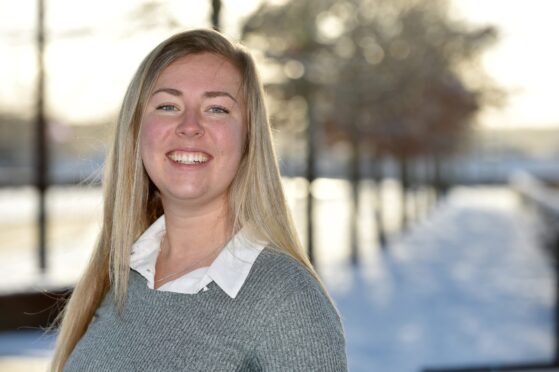
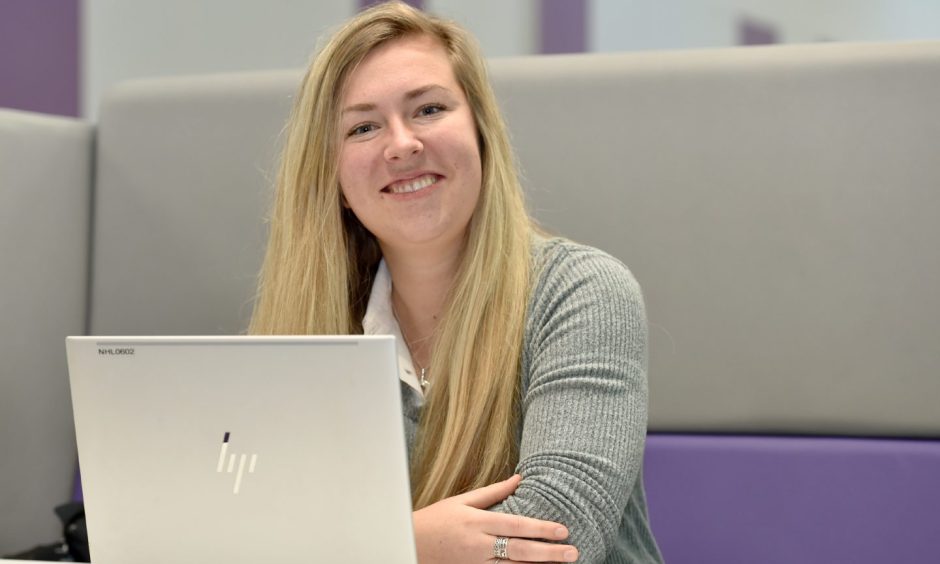
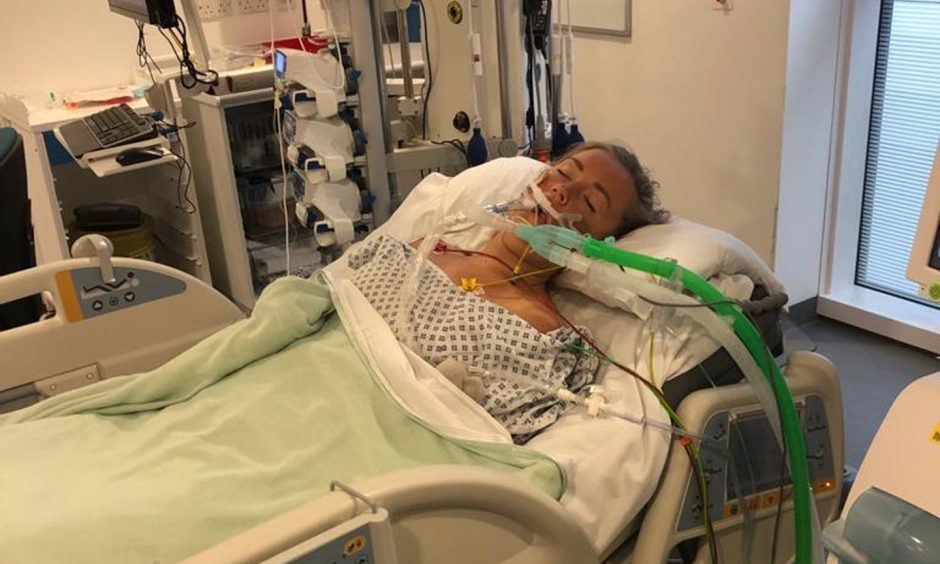
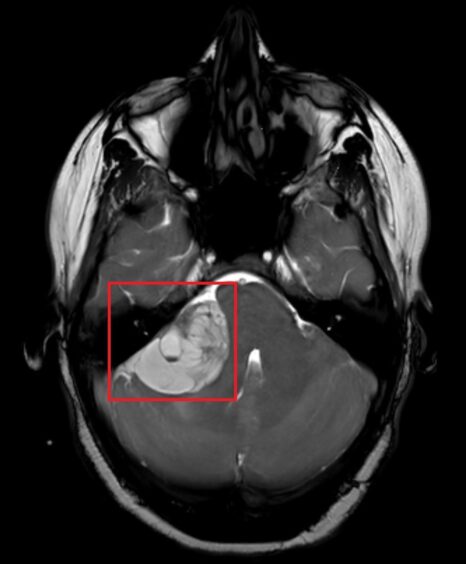
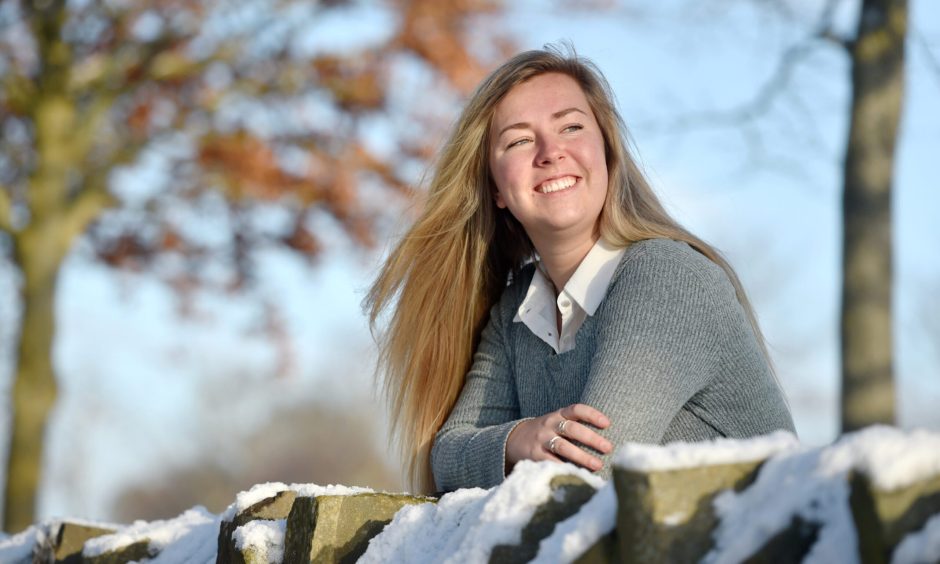
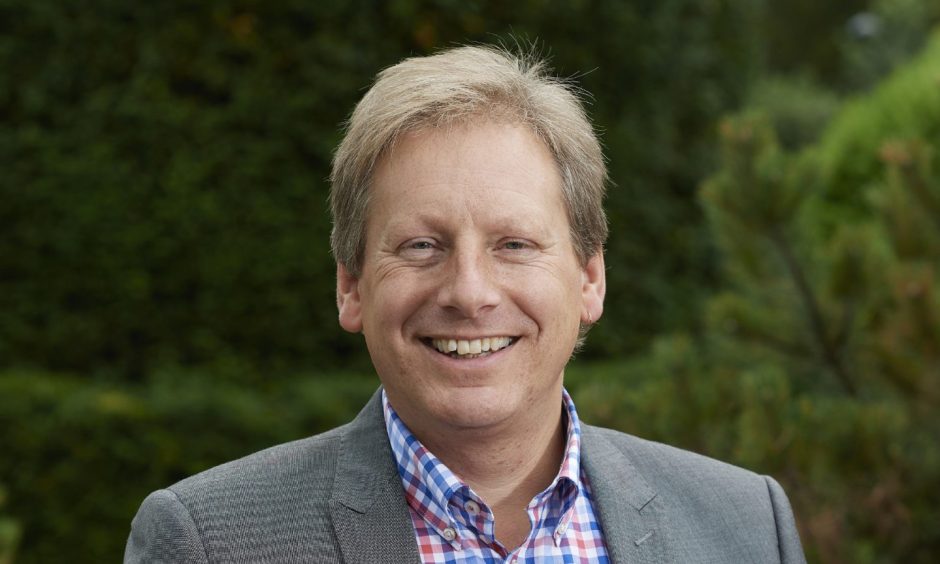
Conversation